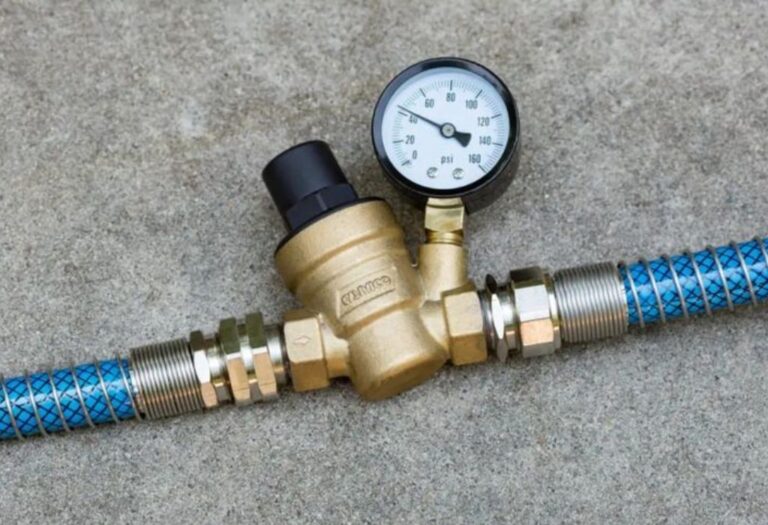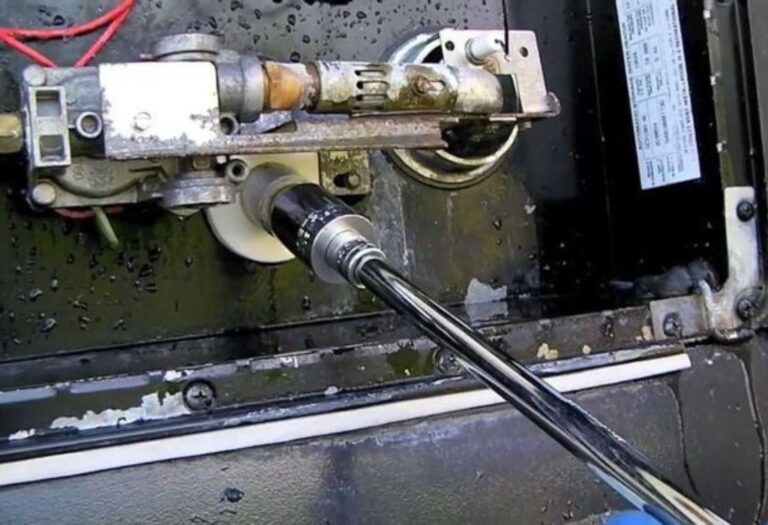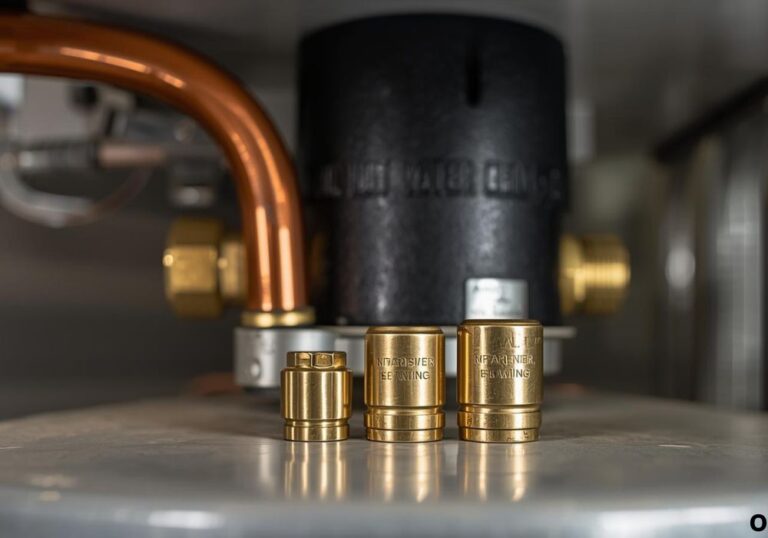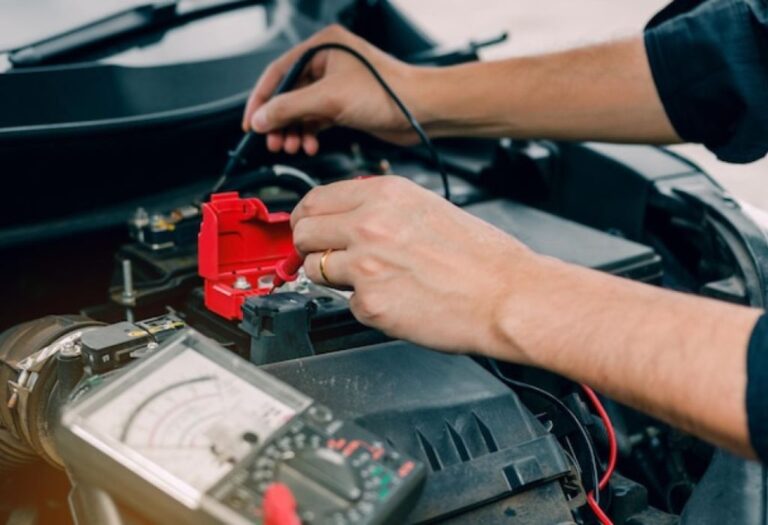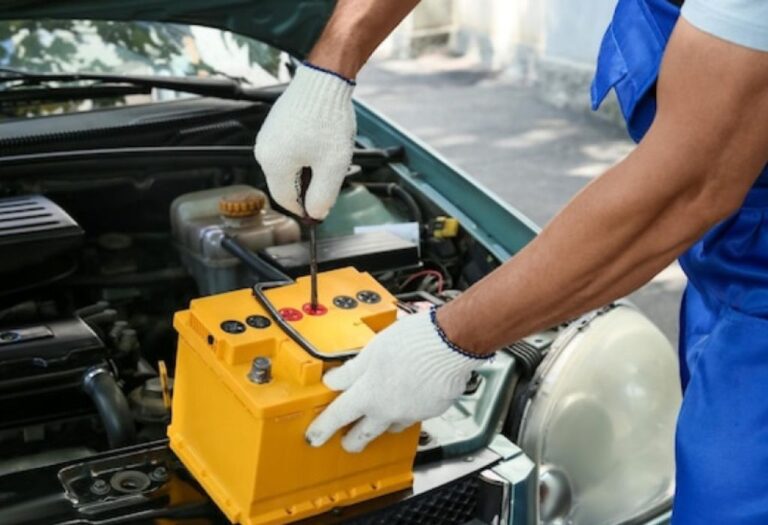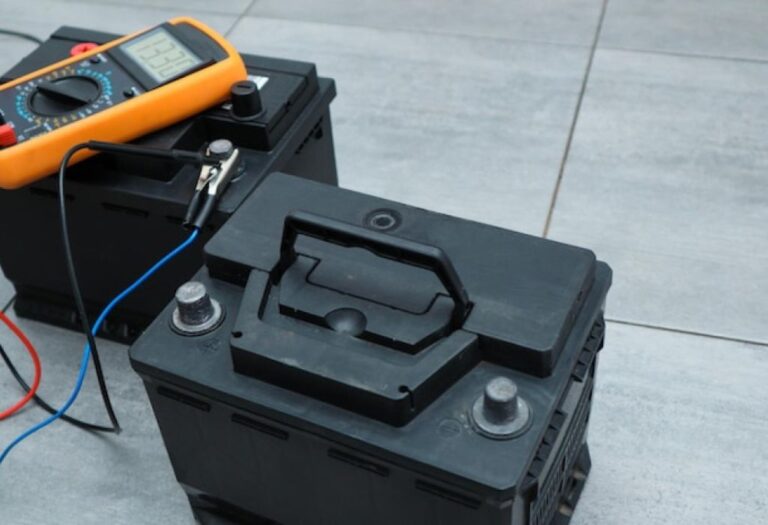When to Use the Water Pump in Your RV Explained
The hum of a water pump is one of the first sounds many RV owners hear when camping off-grid.
That low vibration means water is flowing, but it also sparks a common question: when to use the water pump in an RV and when to leave it off.
Many new travelers mistakenly run the pump all the time or forget to turn it on when they actually need it.
Misusing the system can lead to wasted power, water leaks, or even damage to plumbing components.
The truth is that RVs are designed to use the water pump only in specific situations. When connected to city water with a regulator, the campground’s supply provides pressure, so the pump is unnecessary.
But when dry camping or traveling, the pump is essential to draw from the onboard fresh water tank.
Water pressure management also plays a role. According to the U.S. Department of Energy, most RV plumbing works best around 40–55 PSI (DOE), which aligns closely with typical pump output of 45–55 PSI.
Using the wrong source or failing to regulate pressure risks cracked pipes, dripping faucets, or appliance failures.
Understanding exactly when to run the pump prevents costly mistakes and ensures steady water flow on every trip.
From boondocking in remote forests to pulling into a busy RV park, knowing the right setting saves time, keeps water systems healthy, and adds confidence to every journey.
Quick Answer: When to Use the Water Pump in an RV
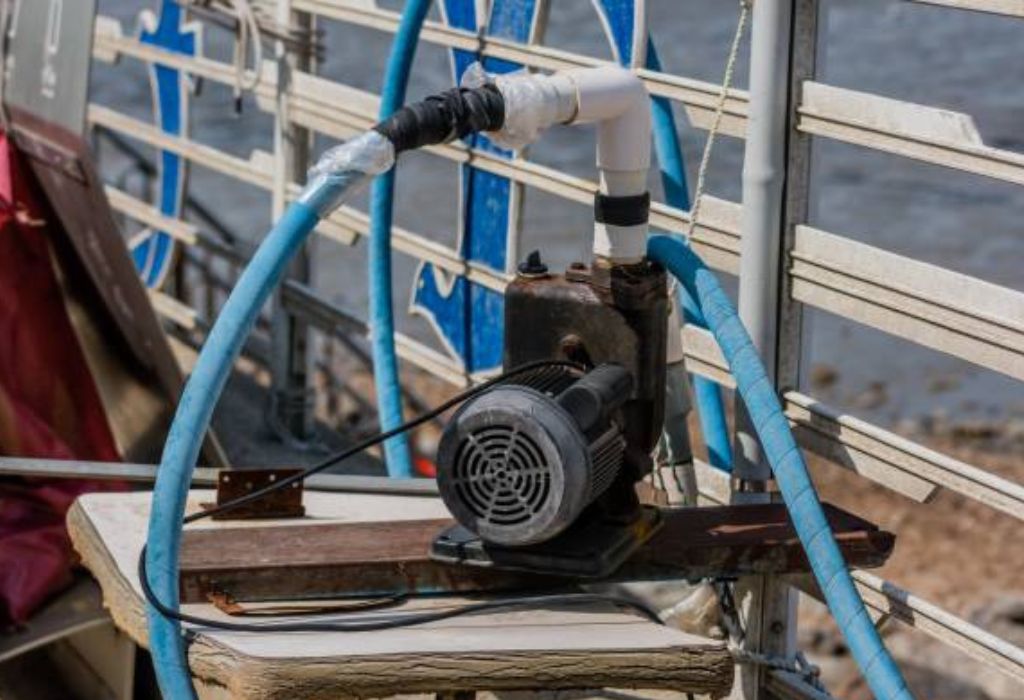
The water pump in an RV is only needed when drawing water from the fresh tank. This includes dry camping, travel days, or anytime city water is unavailable.
When connected to a campground’s city water with a regulator, the park’s pressure provides flow, so the pump should remain off. Running both sources at once can cause check valve leaks or tank backfilling.
Leaving the pump on during boondocking is safe, as it only cycles when pressure drops, but many owners turn it off at night or when away as a precaution. Using it wisely balances safety, convenience, and water system health.
Should the pump be on with city water?
No, city water supplies the needed pressure, and the pump is unnecessary.
When is the pump required?
Anytime water is drawn from the RV’s fresh water tank, such as boondocking or during travel.
Can the pump boost weak campground pressure?
Not reliably; it’s better to switch to tank and pump instead of combining with city water.
Do I need a pressure regulator on city hookups?
Yes, most RV systems are designed for 40–55 PSI, and regulators prevent high-pressure damage.
Is it safe to leave the pump on all day?
Yes, but turn it off when leaving the RV or overnight to prevent leaks from running unnoticed.
RV Water Basics: Tank vs. City Water, Valves, and Pressure
RV water systems have two main supply options: the onboard fresh tank with a 12V demand pump, or the campground’s city water connection. Each has different uses.
When hooked to city water, the park’s pressure flows directly through your plumbing. The pump is bypassed with the help of a built-in check valve.
Using the fresh tank requires the pump to draw and pressurize water through the system. Pumps typically cut in around 40 PSI and cut out near 55 PSI.
A regulator is needed at city hookups, since campground supplies can spike above 80 PSI, which may damage hoses and fixtures.
What does the check valve do?
It prevents city water from backfeeding into the fresh tank.
What PSI is normal for RV plumbing?
Most systems are designed for 40–55 PSI.
Why won’t the pump run on city water?
City pressure is equal to or higher than the pump’s cut-in point.
What happens without a regulator?
Unregulated high pressure can burst hoses and fittings.
Is the pump stronger than city water?
No, most pumps and city hookups deliver similar PSI.
Boondocking and Dry Camping: Pump On or Only as Needed?
When camping without hookups, the RV pump is your only water supply. It draws from the fresh tank and provides steady flow.
The pump can stay on while camping, since it only runs when a faucet opens. Still, many owners switch it off at night to prevent flooding if a leak develops.
An accumulator tank can reduce cycling and noise by storing small amounts of pressurized water. This upgrade also extends pump life and smooths out flow.
Conserving water is essential when dry camping, so leaks or constant cycling should be fixed quickly. Using low-flow fixtures helps stretch tank capacity.
Is it safe to leave the pump on all the time while boondocking?
Yes, but turn it off if you leave camp or overnight for safety.
What’s an accumulator tank?
A small chamber that reduces pump cycling and water hammer.
How can I conserve tank water?
Take short showers, fix drips, and use aerators.
How much pressure does the pump provide?
Most RV pumps deliver around 45–55 PSI.
Will the pump drain the battery quickly?
No, it runs intermittently, but frequent use adds up.
Hooked to City Water: Regulator Settings, Check Valves, and Mixing Sources
Connecting to city water means the campground provides pressure directly. The pump should be turned off to avoid conflicts.
Always use a pressure regulator, ideally adjustable, set between 45–55 PSI. This protects fixtures from high-PSI surges common at parks.
If park water is weak, don’t try to run the pump alongside city water. Instead, switch to the fresh tank and pump for stable flow.
A faulty check valve can cause the fresh tank to fill while on city water. Replacing the valve is the solution.
Can the pump boost weak city water?
No, use the fresh tank and pump instead.
Why does the tank fill on city water?
A leaky check valve allows backflow into the tank.
What PSI should I set the regulator to?
Keep it between 45–55 PSI.
Do I need filters on city hookups?
Yes, sediment and carbon filters improve water quality.
Can high city pressure damage my RV?
Yes, unregulated water above 60 PSI can crack plumbing.
Travel Days: Using the Water Pump While Driving
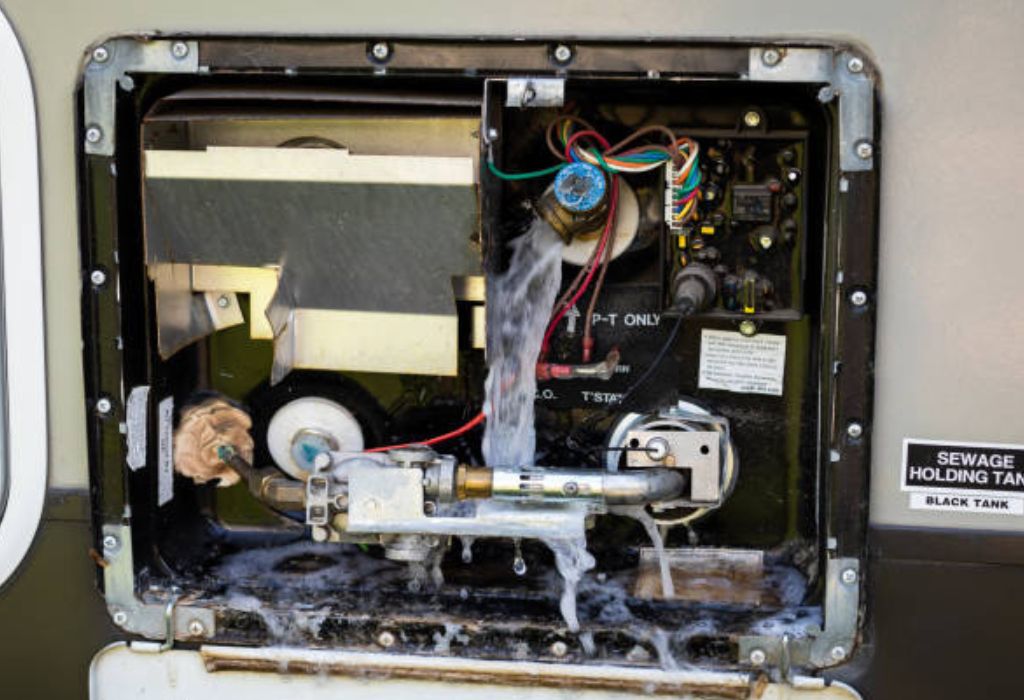
Many RV owners fill part of the fresh tank before hitting the road. This ensures access to sinks and toilets during travel.
The pump can run safely while driving, since it only cycles when pressure drops. However, some turn it off to avoid flooding if a hose bursts.
Carrying too much water adds weight, so balance convenience with fuel economy. A half tank often provides enough supply for travel stops.
Water heaters should only run if the manual allows, since movement may affect performance.
Is it safe to run the pump while driving?
Yes, but turn it off if leaks are suspected.
How much water should I carry?
Enough for travel needs without overloading.
Why turn off the pump overnight?
A leak could cause flooding.
Do I need to secure faucets?
Yes, close all taps before travel.
Does weight affect fuel use?
Yes, water adds significant weight.
Troubleshooting Pump Issues
If the pump runs but no water comes out, check that the fresh tank has water and valves are open. Inspect the strainer for clogs.
Short cycling or pulsing indicates small leaks, clogged aerators, or a need for an accumulator tank.
No water flow on city hookups often means a clogged filter or a regulator set too low.
If the fresh tank fills while on city water, suspect a bad check valve.
Why does my pump click when faucets are closed?
There may be a small leak or faulty check valve.
Why does water surge on pump use?
Air in lines or need for an accumulator tank.
Why no water on city hookup?
Check filters and regulator settings.
Why does the tank fill with city water?
A failing pump check valve.
Why is my pump noisy?
Loose mounts or lack of vibration pads.
Care and Maintenance
Clean the pump strainer regularly to prevent blockages. Replace filters on schedule to keep water fresh.
Sanitize the system seasonally, especially after long storage. Use RV-safe bleach or sanitizing solutions.
Winterize before freezing conditions by bypassing the water heater and adding RV antifreeze or blowing out lines.
Regular inspection prevents leaks and extends pump life.
How often should I sanitize?
At least once per season.
Do I need more than one filter?
Yes, sediment and carbon filters improve taste and protect plumbing.
Where is the pump strainer located?
On the pump inlet.
Can I winterize with compressed air?
Yes, but follow proper procedure.
Should I run antifreeze through the pump?
Yes, to protect seals during freezing.
Accessories That Improve Pump Performance
Adding an accumulator tank smooths water flow and reduces cycling. This upgrade is inexpensive and highly recommended.
Adjustable brass regulators with gauges provide more reliable control than plastic models.
Noise can be reduced with soft mounts, padded clamps, and securing loose PEX lines.
Replacing faulty check valves or upgrading to high-quality ones prevents backflow issues.
Is an accumulator tank worth it?
Yes, it improves performance and comfort.
Which regulator type is best?
Brass adjustable with gauge.
How can I quiet the pump?
Use rubber mounts and add an accumulator.
When should I replace a check valve?
When tanks backfill during city water use.
Do upgrades save money long-term?
Yes, they prevent costly repairs.
Best Practices for RV Water Pump Use
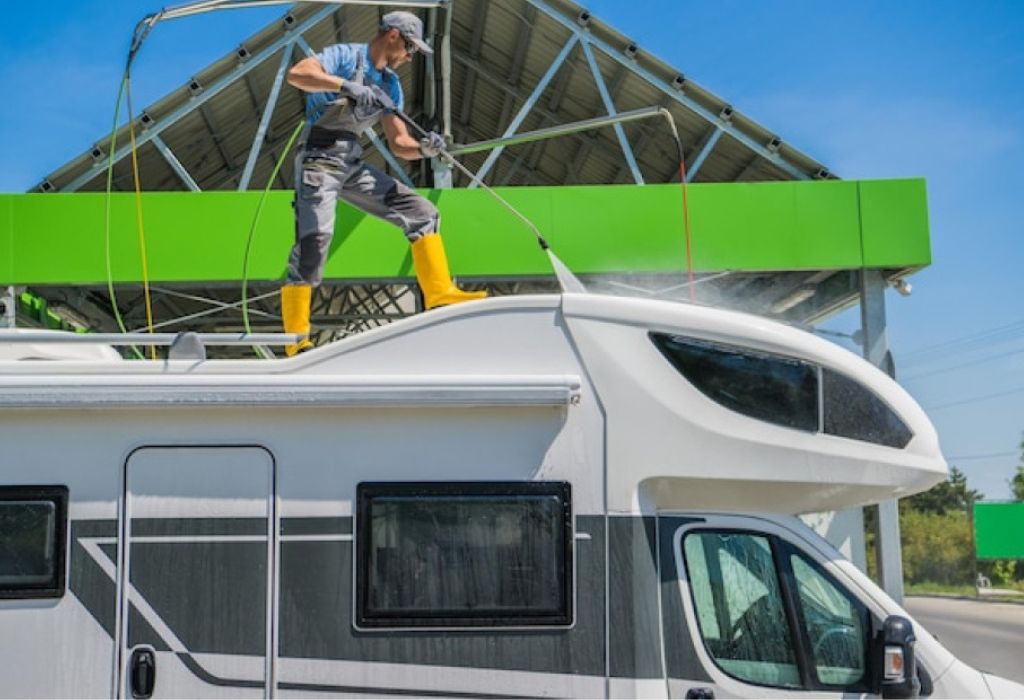
Always turn the pump off when hooked to city water. Only use it when relying on the fresh tank.
Switch it off at night or when leaving camp to avoid unnoticed leaks. Use a regulator on city hookups to protect plumbing.
Maintain filters, check valves, and strainers to keep systems reliable. Consider upgrades like accumulators for quieter operation.
What’s the golden rule?
Pump for tank water, city hookup for park supply.
What PSI should I run at?
Stay between 45–55 PSI.
How do I prevent leaks?
Inspect fittings and shut the pump off when unattended.
Is combining sources OK?
No, it causes problems.
Do pros use accumulators?
Yes, for smoother performance.
Conclusion
Knowing when to use water pump in RV is key to safe and reliable travel. Use the pump for tank water, shut it off on city hookups, and maintain components for long life.
With proper use, the water pump will deliver steady flow whether parked in the wilderness or connected at a busy campground. Following best practices ensures comfort, safety, and confidence on every trip.
I’m David R. Coleman, the founder, lead writer, and lifelong tool enthusiast behind GarageToolPro.com. With years of experience in automotive repair, woodworking, and home DIY projects, I created this platform to share practical tips, detailed tool reviews, and step-by-step guides that help mechanics, hobbyists, and homeowners get the job done right the first time.

